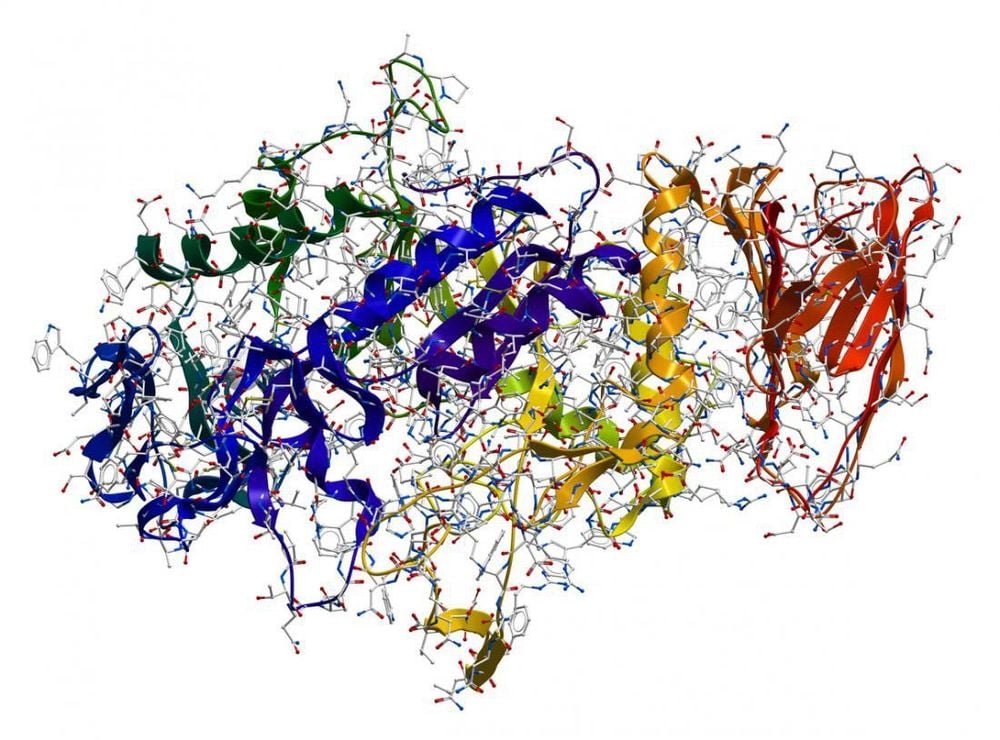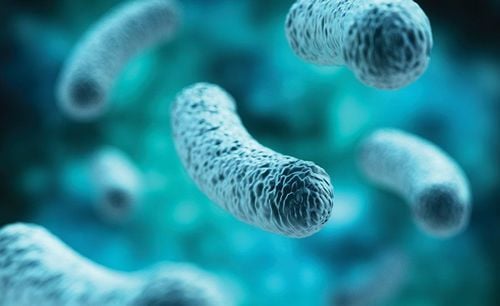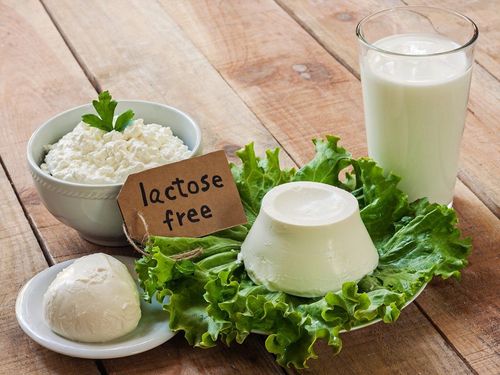This is an automatically translated article.
For many people, raw milk and dairy products have become a staple in the daily diet. However, for some people who are allergic to lactose in milk, a glass of baby milk can also cause digestive upset with symptoms such as vomiting, diarrhea and abdominal pain. Therefore, the solution to this allergy is to use lactose-free dairy products.
1. What is Lactose-free milk?
Lactose-free dairy products are not really popular in Vietnam, many people still wonder how this milk is made and how they are different from regular dairy products.
Lactose-free milk is a commercial product on the market that does not contain lactose in ingredients. This type of sugar in milk is the cause of digestive disorders for many people. Manufacturers make lactose-free dairy products by adding a compound lactase to regular cow's milk. Lactase is an enzyme the body produces to help most people tolerate dairy products, which work to break down lactose in the body.
Lactose-free dairy products have almost exactly the same taste, texture and nutritional profile as regular milk. They have the same usage and are interchangeable in the cooking process.
2. Lactose-free milk has the same nutritional value as regular milk

Sữa không chứa Lactose có chứa vitamin B12 và một số dinh dưỡng quan trọng
Although lactose-free milk contains the enzyme lactase, it retains the same nutrient-rich structure as regular milk. Lactose-free milk has the full amount of protein, about 8 grams for a 240 ml serving. This milk also contains important micronutrients such as Calcium, Phosphorus and Vitamin B12.
Furthermore, some product lines are fortified with Vitamin D, an important health-promoting ingredient found in only a handful of food products.
Therefore, completely replacing conventional dairy products with Lactose-free milk does not lose any important nutrients and still ensures the same milk quality.
3. Lactose-free milk is easier to digest
Most people are born with the ability to absorb lactose in milk. Despite this, it is estimated that 75% of the global population loses this ability as they age. This change usually occurs between 2 and 12 years of age.
Some people are able to maintain the ability to absorb lactose into adulthood, while others experience a reduction in the body's lactase, the enzyme necessary in digesting and breaking down lactose.
For people in this situation, regular consumption of Lactose milk can cause digestive problems such as abdominal pain, bloating, diarrhea and belching. Therefore, Lactose-free dairy products, after being added with Lactase during the production process, have the ability to assist users in making them easier to digest.
4. Lactose-free milk is sweeter than regular milk

Sữa không chứa Lactose có chứa enzyme Lactase
The most noticeable difference between regular dairy products and lactose-free milk is in taste. The enzyme Lactase added to milk breaks down the lactose in milk into two simple sugars, Glucose and Galactose.
Because the body's taste system is better able to perceive these two sugars, users will perceive a sweeter taste from lactose-free dairy products.
5. Lactose-free milk is still considered a dairy product
While lactose-free dairy products are a good alternative to regular milk for people with lactose allergies, as with other products, lactose-free milk may not be suitable for those with lactose intolerance. some users.
For some people who are not lactose intolerant but are allergic to dairy products, consuming lactose-free milk may not be able to control symptoms of digestive disorders such as hives. urticaria and vomiting.
In addition, lactose-free cow's milk products may not be suitable for vegetarians. With some specific diets that don't use dairy products, avoiding both lactose-free and dairy is often necessary.
Customers can directly go to Vinmec Health system nationwide to visit or contact the hotline here for support.
Reference article at Healthline.com













